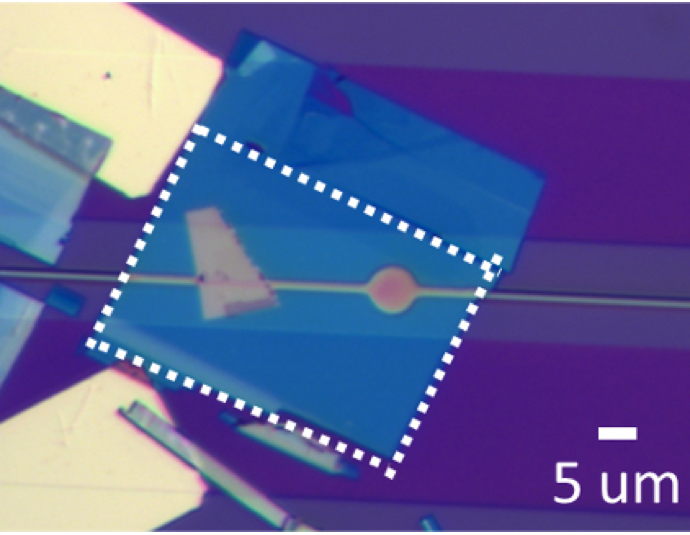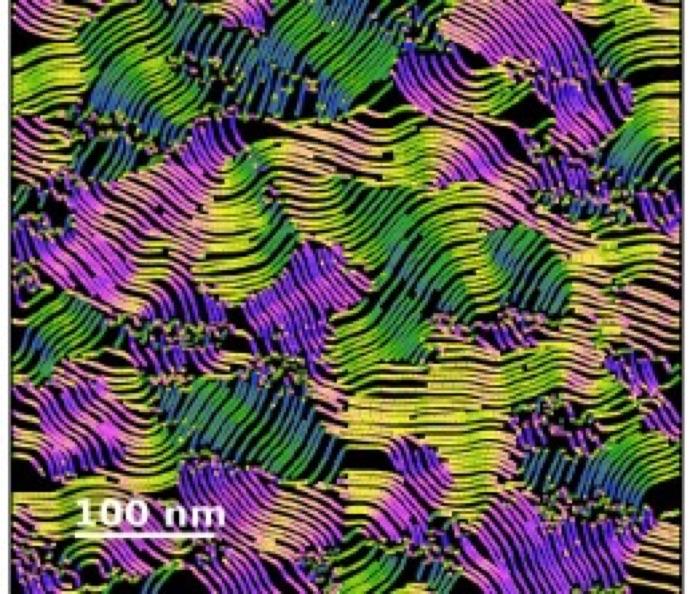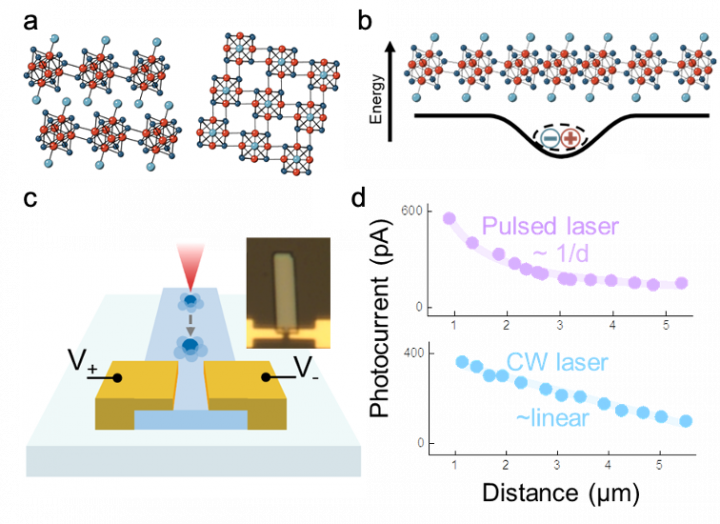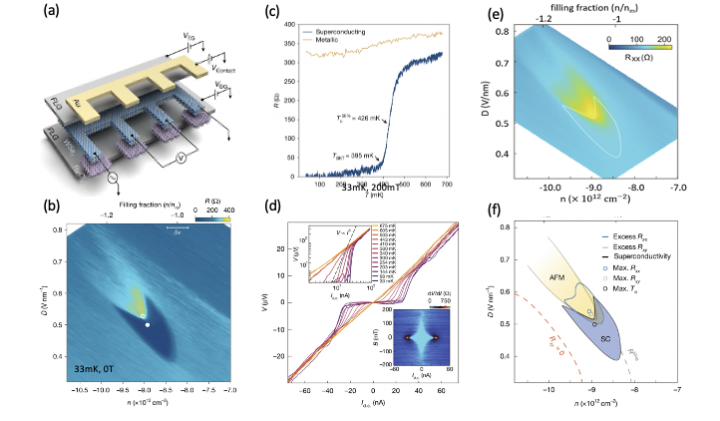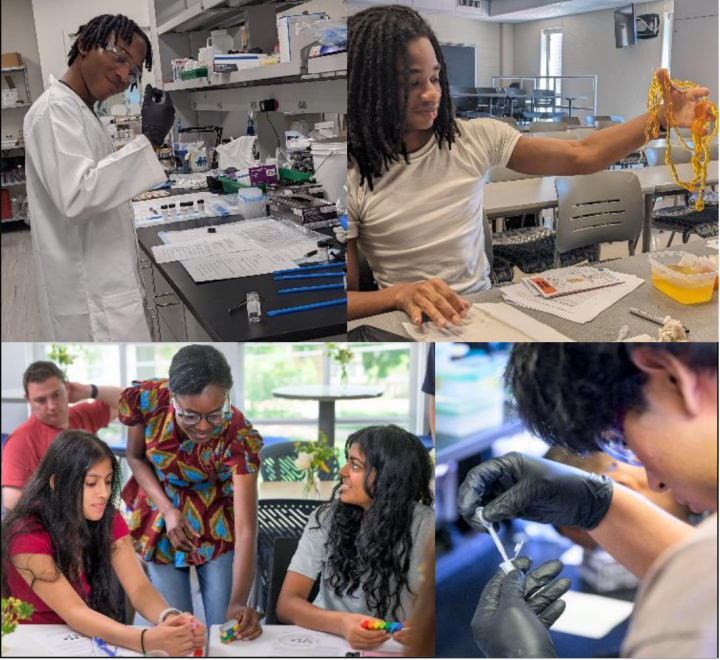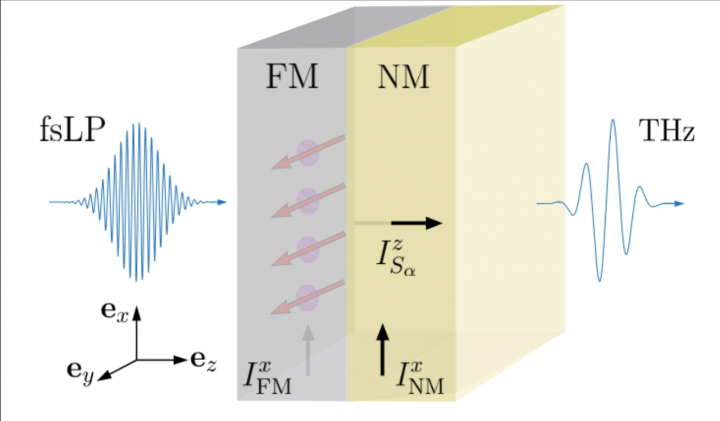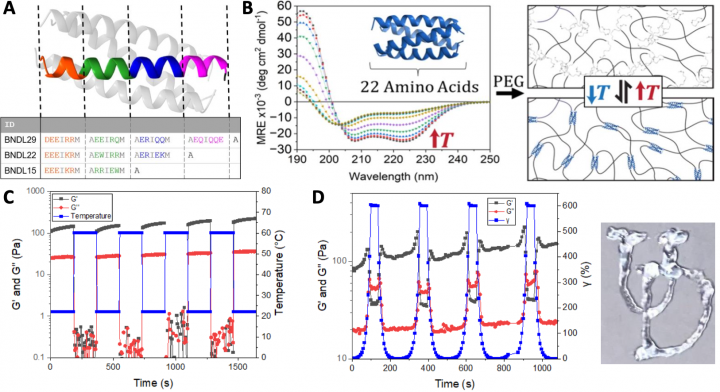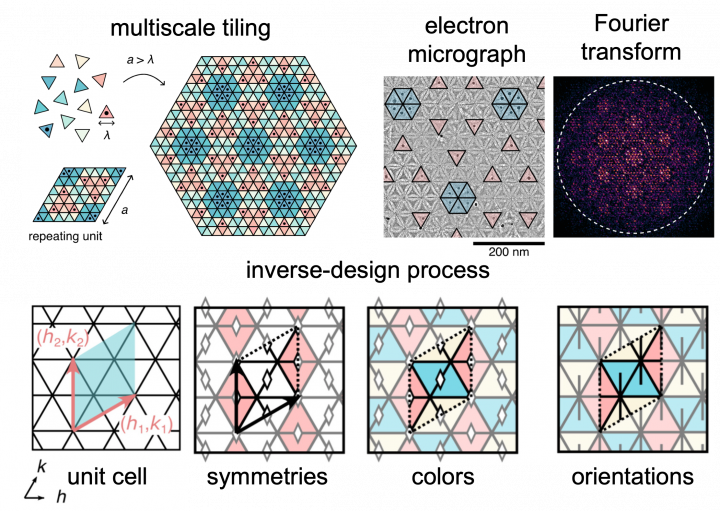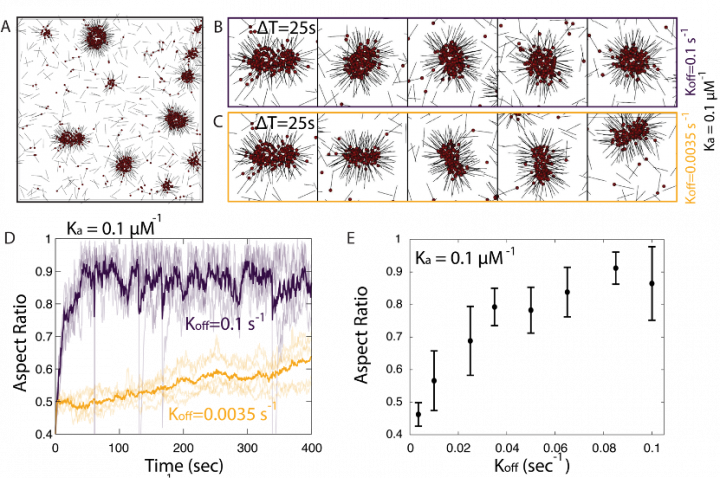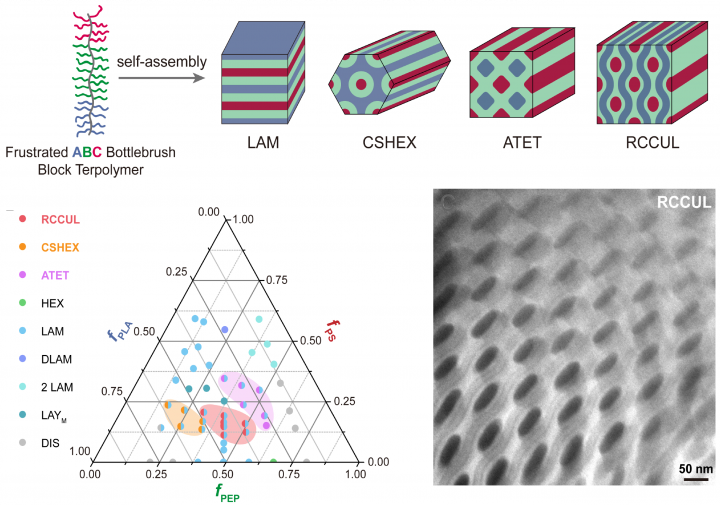Wisconsin MRSEC researchers have demonstrated that strain can dramatically alter the magnetoelastic properties of a two-dimensional material, CrSBr. Magnetoelasticity is the interaction between magnetism and strain. The researchers developed a nanoscale mechanical resonator device to measure the material’s magnetoelastic coupling. Using it, they showed that 2D CrSBr has a particularly large coupling, and that it can be tuned by 50% by stretching the 2D membrane.

